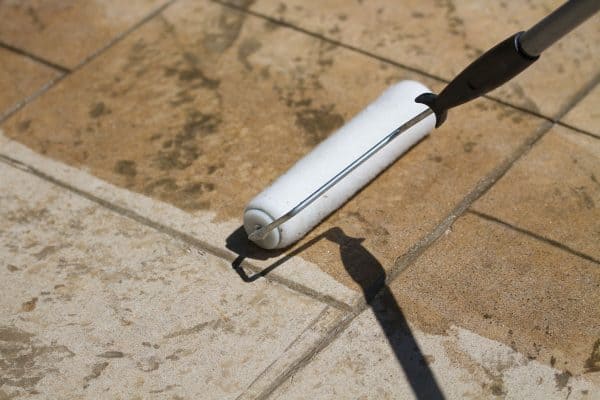Disclosure: We may get commissions for purchases made through links in this post.
Polished concrete looks impeccably neat as it makes floors smooth and shiny like glass. Plus, it is ideal for modern aesthetics. But is polished concrete slippery? If you're on the hunt for answers, look no further because we gathered all the facts you need to know!
If it is kept clean and dry, polished concrete is not slippery. Actually, it provides more grip and foot traction than regular concrete, marble, or even linoleum surfaces.
Polished concrete is a great choice if you want to upgrade your flooring. You can read further and find out more interesting information about this. Additionally, you may find more reasons why polished concrete is one of the best choices to opt for!
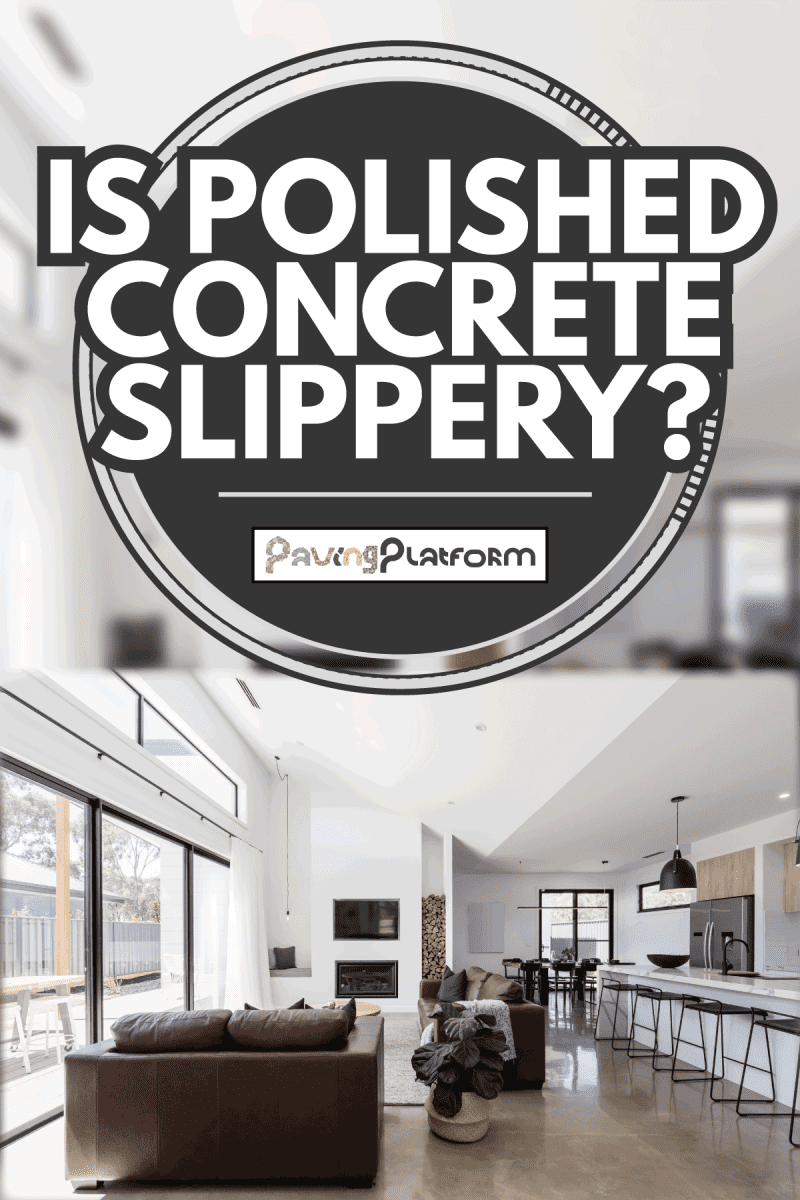
Polished Concrete Facts
Polished concrete finishes are among the recommended floor finishing options because they:
- are budget-friendly,
- are easy to install,
- have hygienic properties,
- and guarantee basic maintenance.
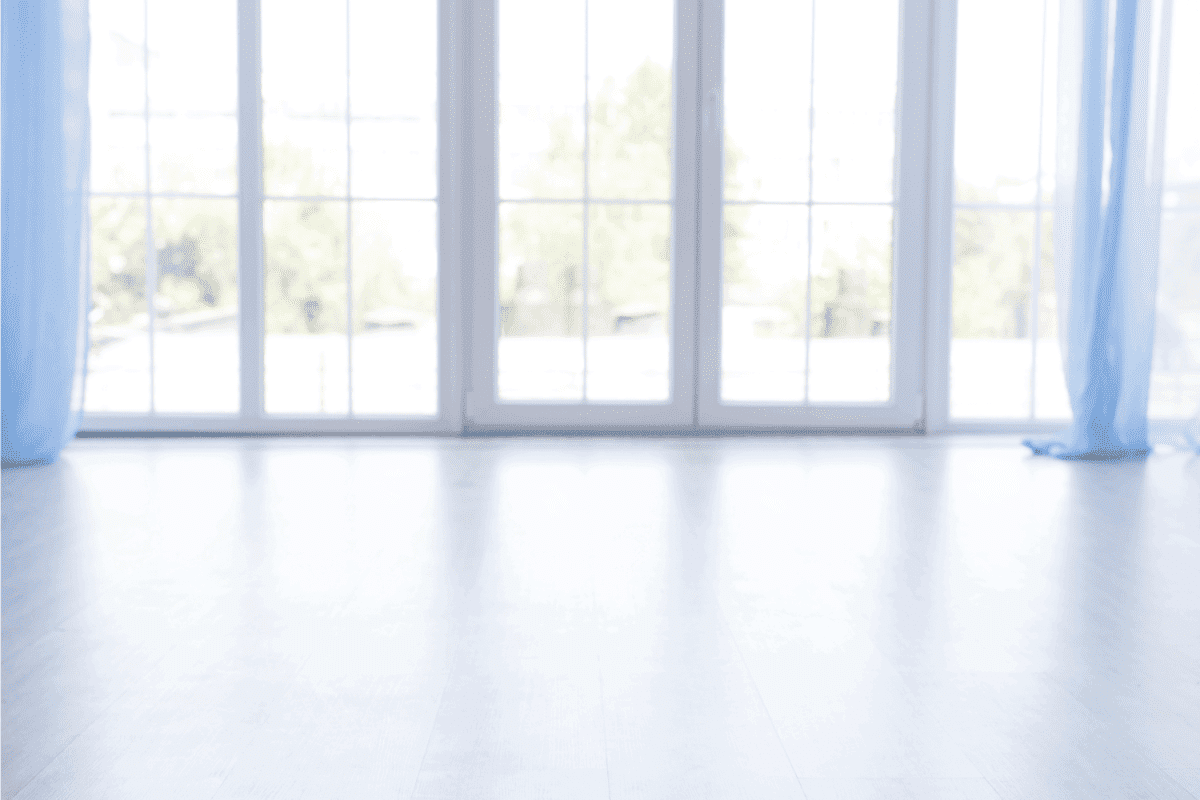
Its polishing is done by grinding concrete flooring to produce an exact flatness with level aggregate exposure. During its polishing stage, latex-based grout is used to fill in small flaws on the concrete's surface. This results in a firmer and clearer finished product.
Polished concrete offers refinement, durability, and unparalleled slip resistance which is why it's preferably installed by flooring contractors and interior designers. Below, we will review some facts that will surely equip you with relevant knowledge about polished concrete.
It's Not Slippery
The Concrete Polishing Association of America conducted studies that showed statistics on individuals who walk on polished concrete floors slipping less often than those who walk on other types of flooring. Polished concretes have a high coefficient of friction (COF) and they are 20%-50% more slip-resistant than other standards for a low slip floor.
In physics, friction measures the resistance of motion within two surfaces that are relative to force, such as gravity. This force holds the two surfaces together and is measured between 0 and 1 with large numbers implying greater slip resistance.
The national standard for a low slip floor is .42. This means that there should at least be 42% of a person's weight to be converted into the grip between your shoes or the floor. As for polished concrete floors, the coefficient friction of it is between .49 and .59 which implies that they are completely safe.
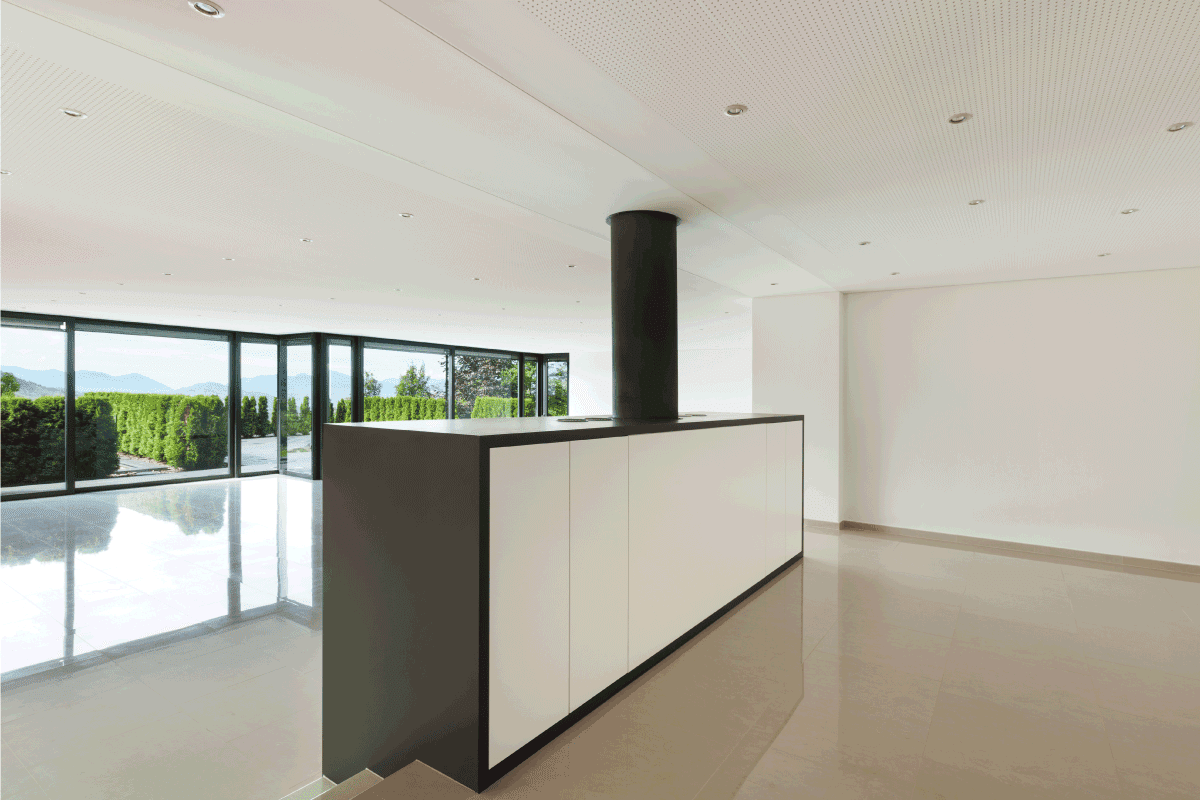
It Is Slippery When Dusty
Polished concrete can become slippery when its surface is covered with dust, mold, or fine powder. These particles reduce friction that creates slippery ground that can lead you to trip or fall.
That being said, polished concrete should not be installed in areas where it's prone to dust like ceramic labs or manufacturing plants that produce a lot of sawdust or powder. Even a kitchen that will involve a lot of baking and flouring should not have a polished concrete floor.
To avoid the possibility of slipping, you can install a special grip-enhancing coating for your polished concrete floor for extra safety and reassurance. This anti-slip penetrating sealer by Miracle Sealants is made to protect and reduce slick surfaces be it concrete, marble, or stone.
See this anti-slip sealer on Amazon.
Keep Polished Concrete Clean
Contamination on floors is one of the major culprits contributing to slips and falls. A study by the U.S government even found out that dirty floors are 17 times more likely to cause slipping accidents.
Polished concrete is extremely easy to clean! Plus, it takes less time, pressure, and chemicals. Since polished concrete has a uniform surface, all you need are robot vacuums or microfiber mops to make them all fresh and tidy!
- Regularly cleaning your polished concrete prevents dullness that can be caused by foot traffic, dirt, and grime. This helps restore your polished concrete's radiance and make your flooring gleam.
- Not only does regular cleaning smoothen the surface, but it also helps in ensuring resistance from stains, scratches, and chips since polished concrete can wear over time due to the high volume of traffic.
- Lastly, regularly cleaning your polished concrete saves you from all the expenses you might spend on repairing your polished concrete when it is damaged by dirt, bacteria, and scrapes.
You can take a look at this YouTube video by Academy of Cleaning Excellence as a guideline on how to clean polished concrete floors.
Tips To Boost Slip-Resistance On Polished Concrete
Polished concrete is good for both retail establishments and residential living. But in high-slip hazard spaces like bathrooms and entryways, it's essential to maximize and establish your polished concrete's grip. Here are some of the tips that can help you achieve that:
- Immediately clean up oil, grease, or water spills on the polished concrete.
- Create a routine maintenance program or conduct your daily regular cleaning.
- If possible, apply an anti-slip conditioner. This contains additives that help improve traction, making it safer.
- Apply a sealer coat that contains grit additives. This also helps increase traction without risking damage to the polished concrete's surface.
- In high-traffic areas, make use of absorptive rugs to minimize slipping incidents.
Polished Concrete Is Slippery When Wet: Fact Or Myth?
Polished concrete and water seem like a tricky combo as some would directly think of tripping over. However, this isn't always the case. Polished concrete is not necessarily slippery when wet.
A study by American National Standards Institute concludes that polished concrete has high slip resistance, even when they're wet. Water interacts with the polished concrete's porous surface and provides extra grip for shoes. But the same porous surface will likely leave a temporary damp spot that won't wipe up easily. It's best to clean this immediately to avoid blots of moisture on the concrete.
Another research by the American Society of Concrete Contractors (ASCC) shows that the wet dynamics coefficient of friction (DCOF) is not reliable for the slip risk of polished concrete. In fact, its DCOF falls in the minimum of 0.42, which means it does not show predictions of a person slipping on the hard surface material. Instead, ASCC highlights some of the determinants that can cause slipping:
- how the surface is used
- foot traffic
- contaminants
- maintenance
- expected wear
Moreover, ASCC also recommends using a pendulum tester to accurately measure the wet slip resistance of polished concrete as the results may vary according to the material being used, like the type of sealer or polishing grain present on the surface.
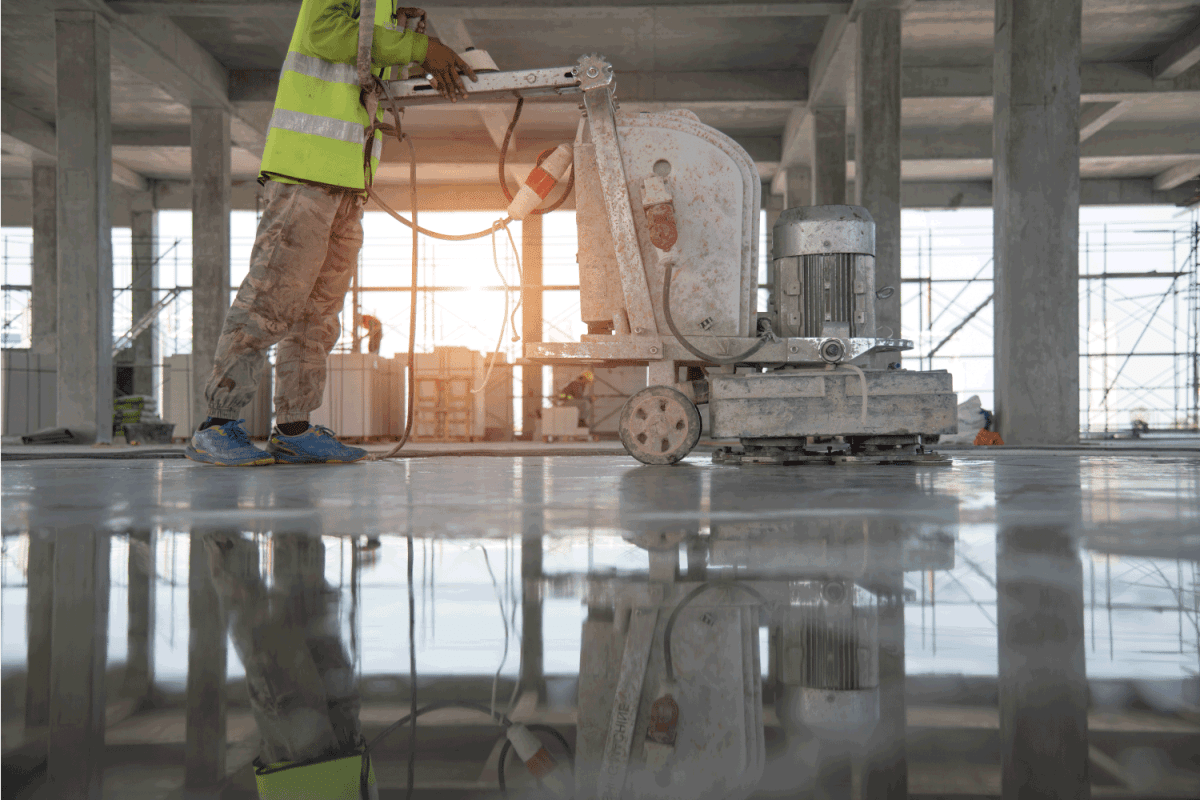
What Are The Disadvantages Of Polished Concrete?
The good news is, there are only a few disadvantages that come with having polished concrete. All the same, the setbacks that come with this can be overcome conveniently. Below are the things you are going to consider:
Hard Texture
The strength and durability that polished concrete provides can be a setback as its surface can be very hard which means it won't cushion under your feet.
Standing for a long period of time over its surface can be uncomfortable. But you can place rugs or anti-fatigue mats atop the floor to soften your step.
Cold
Polished concrete cannot retain heat very well. During winter, its surface is typically chilly. To improve this, you can install radiant heating cables beneath concrete flooring to warm the surface. Plus, these heating cables consume little energy so you'll pay lower utility costs for this as well.
Noise
Polished concrete can be loud or echoey. To overcome this, you can lie down rugs and mats.
Moisture
If polished concrete is not properly finished and sealed, it becomes vulnerable to moisture. The liquid will pass through the pores of the concrete which is a breeding ground for mold and mildew.
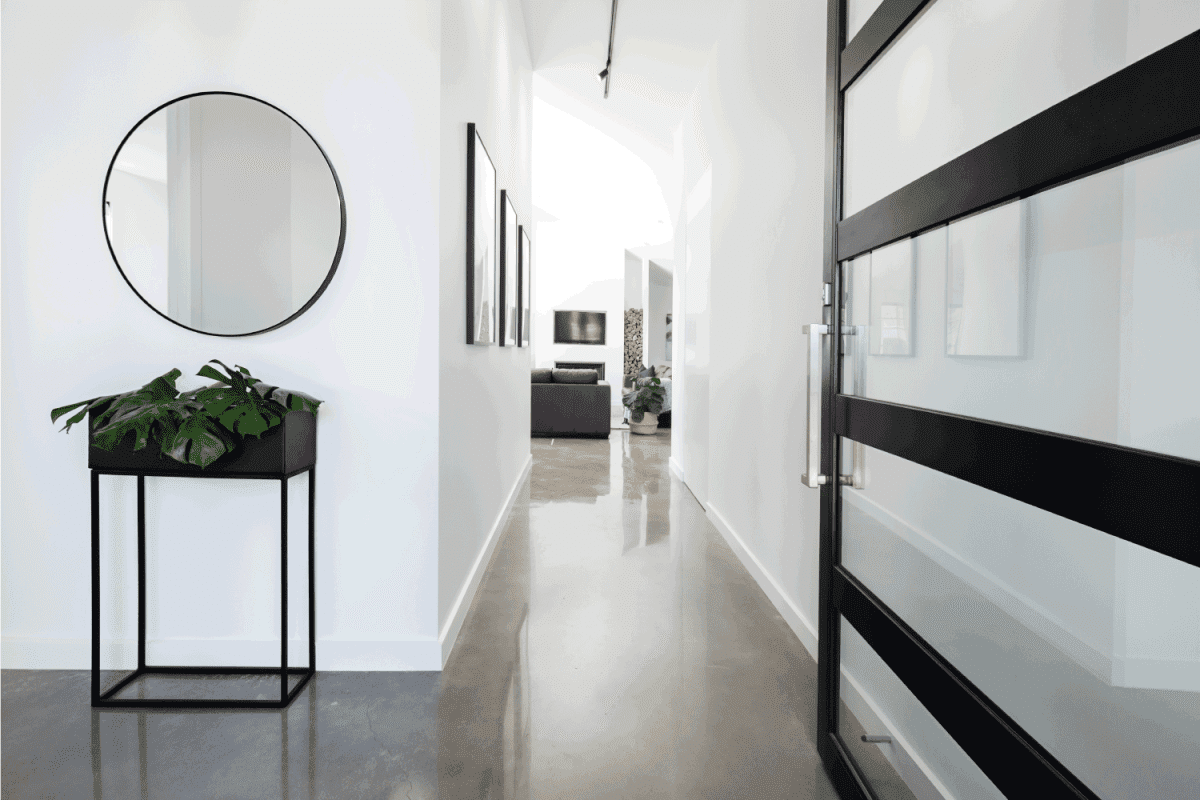
How Do You Maintain Polished Concrete Floor?
The best way to maintain polished concrete floors is regular cleaning. This includes dust mopping and wet mopping on a frequent basis. Doing so helps eliminate dirt that can abrade on the surface which causes the polished concrete to lose its shine.
When it comes to floor cleaners, you should avoid using products that are too alkaline or acidic as these chemicals can dull your polished concrete and cause it to deteriorate. The best option is a neutral pH cleaner or an automatic floor scrubber if you have a larger area of polished concrete.
You should also make use of a soft cloth or pad and avoid rough pads that can scratch the polish and never try to wax your polished concrete to avoid damage to it.
For more guidelines on maintaining polished concrete, you can watch:
Final Words
Whether it's wet or dry, polished concrete is not slippery if it is regularly cleaned and maintained properly.
Polished concrete is overall stunning and functional. You just need to equip it with the tender loving care it needs for you to fully indulge in its beauty and benefits, and keep on shining!
If you liked this article, you can have also read the following:


![Vibrant Red Paver Stone Path, Can You Spray Paver Sealer? [How To Apply It]](https://pavingplatform.com/wp-content/uploads/2022/04/Vibrant-Red-Paver-Stone-Path-600x400.jpg)
![Properly laid out red pavers for a garden, Can You Tint Paver Sealer? [And How To]](https://pavingplatform.com/wp-content/uploads/2022/04/Properly-laid-out-red-pavers-for-a-garden-600x400.jpg)
